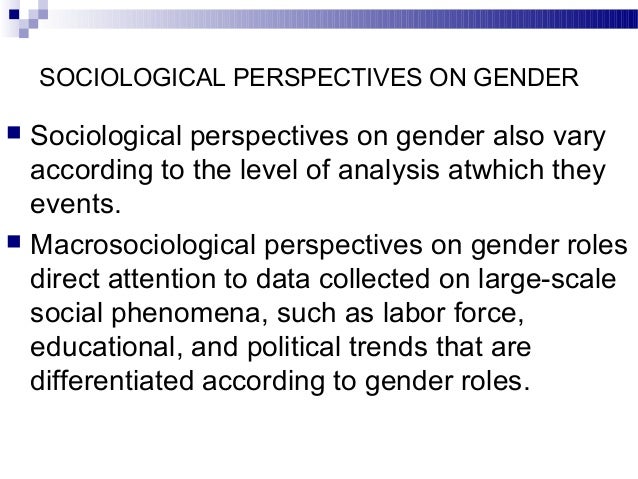Relevance: Stratification and Mobility: Dimensions – Social stratification of class, status groups, gender, ethnicity and race.
Sport is often perceived as embodying positive values and morals, such as cooperation, mutual respect, fair play, and equality. However, it also has the potential to reflect undesirable values and unethical behaviours that divide society.
Discrimination that is based upon gender and/or sexual identity affects the fundamental integrity of sport and is often linked to other integrity issues such as violence, harassment or abuse.
The term ‘integrity’ can take on different meanings in different environments, but in a sporting context it is understood to be ‘respect for oneself and others, moral responsibility and accountability.’ Integrity and ethical concerns may differ across sports, age levels, and systems

Gender
Evidence suggests that gender stereotypes contribute to young women dropping out of sport participation because women in sport are often seen as being non-feminine. Similarly, men who do not fulfill the ‘masculine’ stereotype have reported feeling intimidated and excluded from sports participation.
Sexuality
More than half of gay, lesbian or bisexual sport participants conceal their sexuality from their team/club and report feeling unwelcome. Gay men are most likely to feel unsafe and less likely to play team sports. The majority of people (of any sexuality) report frequent homophobic and discriminatory comments, especially in team sport environments.
Social changes reflecting the condition of women in society have influenced the status of knowledge about the relationships between and within groups of women and men in sports. Starting in the 1970s, a consequence of the feminist movement was to raise public awareness about the need for increased opportunities for girls and women in sports. Since then there has been growing political and public recognition of the importance of health and fitness. Furthermore, emerging knowledge about the health benefits of physical activity provided a foundation for the promotion of physical activity for girls and women. Opportunities for girls and women in sports have improved and participation rates among females have increased.

Three key themes have driven debates about gender and sport since the 1970s.
First, leading scholars in the sociology of sport have highlighted that throughout history, sporting practices inculcated behaviors and values defined as male, manly, and masculine.
Second, issues surrounding the body, physicality, and sexuality have been brought to the fore in understanding gender relations in sport.
Third, it is emphasized that both women and men reinforce and challenge dominant gender ideology in sport in various ways. In this regard scholars have eschewed ideas about women and men as homogeneous categories, and have recognized and examined difference and diversity in people’s gendered sporting experiences at the level of the subject and in terms of institutional politics and practice.
Recent research includes work that examines the production and reproduction of gender in sport in terms of the sporting experiences of women and men from various sociocultural backgrounds.
Conclusion
- Scholars concerned with the relationship between sport, ethnicity, and femininity emphasize that sportswomen are not a homogeneous group. Increasingly, there is literature that presents a challenge to dominant universalistic conceptions of women in sport that serve to construct white, western, middle class, able-bodied women’s experiences as representative of all sportswomen.
- Sociologists of sport have argued that the dominant assumption about female sports operates to marginalize or even silence the sporting triumphs and struggles of women who live outside the West and those who represent minority groups of females.
- A central feature of scholarship in this area is the recognition of difference between and within groups of women in relation to ethnicity, religious affiliation, social class, age, and physical (dis)ability.
- Jennifer Hargreaves (2000) explains that a sense of difference is characterized by power relations operating simultaneously at the personal and institutional level.
- In many ways, sport can be empowering for black women, Muslim women, Aboriginal women, lesbians, and disabled women. At the same time, these women are incorporated into the wider social networks of power in which they live out their lives.

